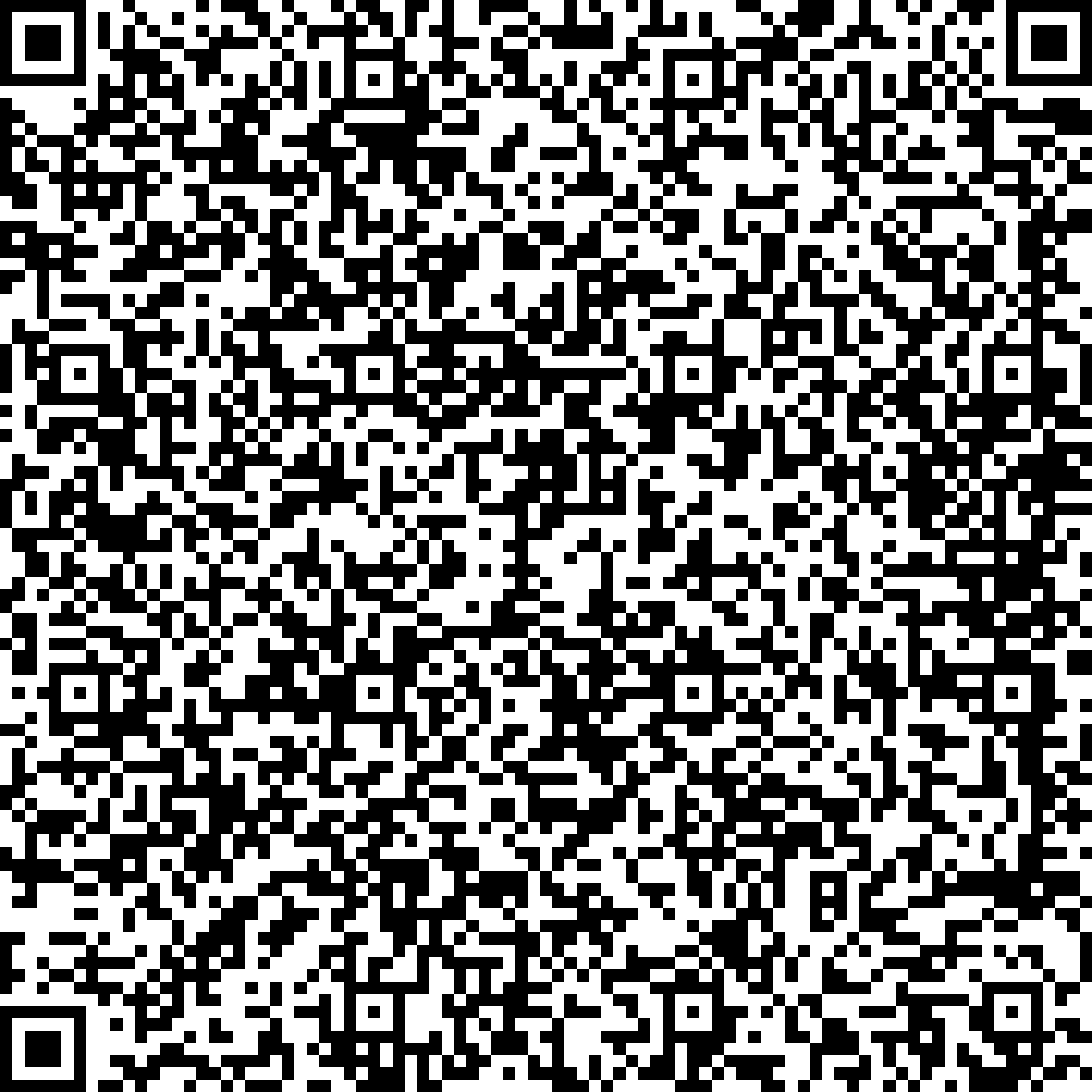


The interaction between charge, spin and heat currents is investigated in spin-caloritronics [1] -- a merger of thermoelectrics (coupling between charge and heat) and spintronics (coupling between charge and spin). In this talk, I will first describe the Seebeck, Peltier and Nernst effects with graphene and WTe2 as examples and discuss how they can be used to locally cool devices, probe phase transitions and changes in Fermi surfaces [2].
Next, I will introduce local and nonlocal spintronic device architectures that allow studying pure spin current and spin-polarized transport [3]. In such devices, unwanted Joule heating, due to the flow of electrons, is often considered a nuisance for functional spintronic device applications. However, the excess heat can be used in heat-assisted magnetic recording applications with improved areal density of magnetic data storage [4].
In the last part of my talk, I present alternative routes of utilising excess heat dissipation for spin caloric device applications. I will show that the flow of heat through a ferromagnet can drive an electronic spin current, an effect dubbed spin (dependent) Seebeck effect[5]. The Onsager- reciprocal process called the spin (dependent) Peltier effect results in the heating/cooling of a nanomagnet by the flow of a spin current Finally, I show the possibility of controlling the flow of heat using a magnetic heat valves that works exactly as GMR devices, but in the heat sector [5].



The interaction between charge, spin and heat currents is investigated in spin-caloritronics [1] -- a merger of thermoelectrics (coupling between charge and heat) and spintronics (coupling between charge and spin). In this talk, I will first describe the Seebeck, Peltier and Nernst effects with graphene and WTe2 as examples and discuss how they can be used to locally cool devices, probe phase transitions and changes in Fermi surfaces [2].
Next, I will introduce local and nonlocal spintronic device architectures that allow studying pure spin current and spin-polarized transport [3]. In such devices, unwanted Joule heating, due to the flow of electrons, is often considered a nuisance for functional spintronic device applications. However, the excess heat can be used in heat-assisted magnetic recording applications with improved areal density of magnetic data storage [4].
In the last part of my talk, I present alternative routes of utilising excess heat dissipation for spin caloric device applications. I will show that the flow of heat through a ferromagnet can drive an electronic spin current, an effect dubbed spin (dependent) Seebeck effect[5]. The Onsager- reciprocal process called the spin (dependent) Peltier effect results in the heating/cooling of a nanomagnet by the flow of a spin current Finally, I show the possibility of controlling the flow of heat using a magnetic heat valves that works exactly as GMR devices, but in the heat sector [5].